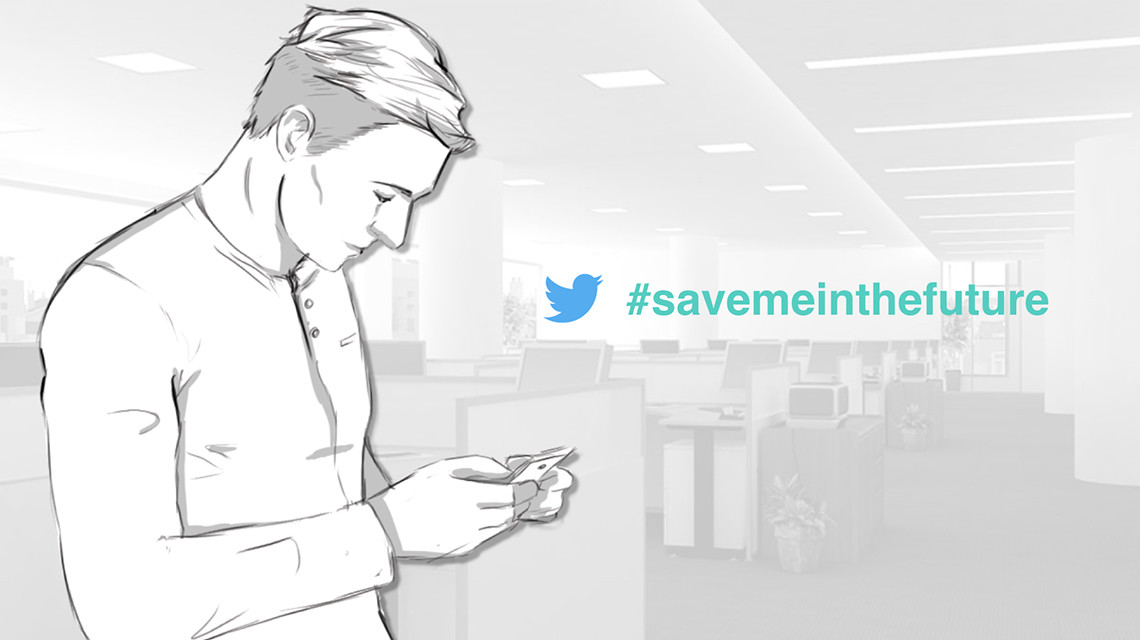
Assignment
This workshop explored persuasive interaction design as a technique to help people practice new, desired behavior changes. In particular, the teams explored building new habits and long-term adherence to new protocols in a self-managed health care context.
The focus area was guided by a Patient Centered Outcomes Research Institute grant named, “Community Engagement for Early Recognition and Immediate Action in Stroke (CEERIAS)” that has been awarded to Rush University Medical Center and Northwestern University. CEERIAS has a goal to spread stroke awareness and prompt action in Chicago’s south and westside by having their promoters disperse the educational material through the use of the PACT to act FAST—I agree to call 911 when I see someone with the sudden signs of stroke. The organization wants 242,000 touch points in the community by the end of 2016.
Synopsis
By recognizing youth commitments and holding them personally accountable, the team wanted to create advocation in their communities and families by using relevant technologies and social behaviors. The young adults are very tech savvy with strong social networks. If the solution can make stroke relevant to them in terms of their families as well as their self care, it will spark health conversations within social circles and help guide stroke prevention within the communities.
Problem
Stroke is a time-critical disease and a major cause of disability and death in the US. What makes it worse is it disproportionately affects minorities. When the team began this project they target young adults as a way of disseminating stroke prevention knowledge. These African American and Hispanic communities in Chicago faced many barriers to understanding stroke and how to properly respond when stroke occurs. They understand how much stroke can impact their life, but don’t realizing how small the window is to save a person’s life. They were also facing an increased risk of stroke as early as their 20s compared to the assumed idea it only happens to people 60+.
- Lack of stickiness after signing. The act of signing the pact is seen as an acknowledgment of receiving the information. It lacks stickiness. How we enforce the pact to make individual more accountable?
- “Stroke only affects old people.” There is a mental model among the young adults that stroke will not affect them yet—it is only for the elderly. It is an opportunity for CEERIAS to create more inspiring messages that enable people, especially the young adults, to raise their awareness and take an action.
- Health as a private topic. The social norm when it comes to individual health is that it is not to talk about publicly. So how can we shift that mindset to make it more comfortable to talk about health?
- 4: Prevalent self diagnosis. Whenever someone feels not quit right, their first action is to go to WebMD or Youtube for a self diagnosis even if the outcome might not be accurate or tailored to their needs.
Proposed User Experience
User Experience
- Advertisements in high traffic areas for young adults
- Understanding their own risk
- Pledge a commitment
- Work together and health conversations
Tags:
Faculty
Students
Wenxi Wang
Elizabeth Jernegan
Naumita Pereira
Xiaojun Du